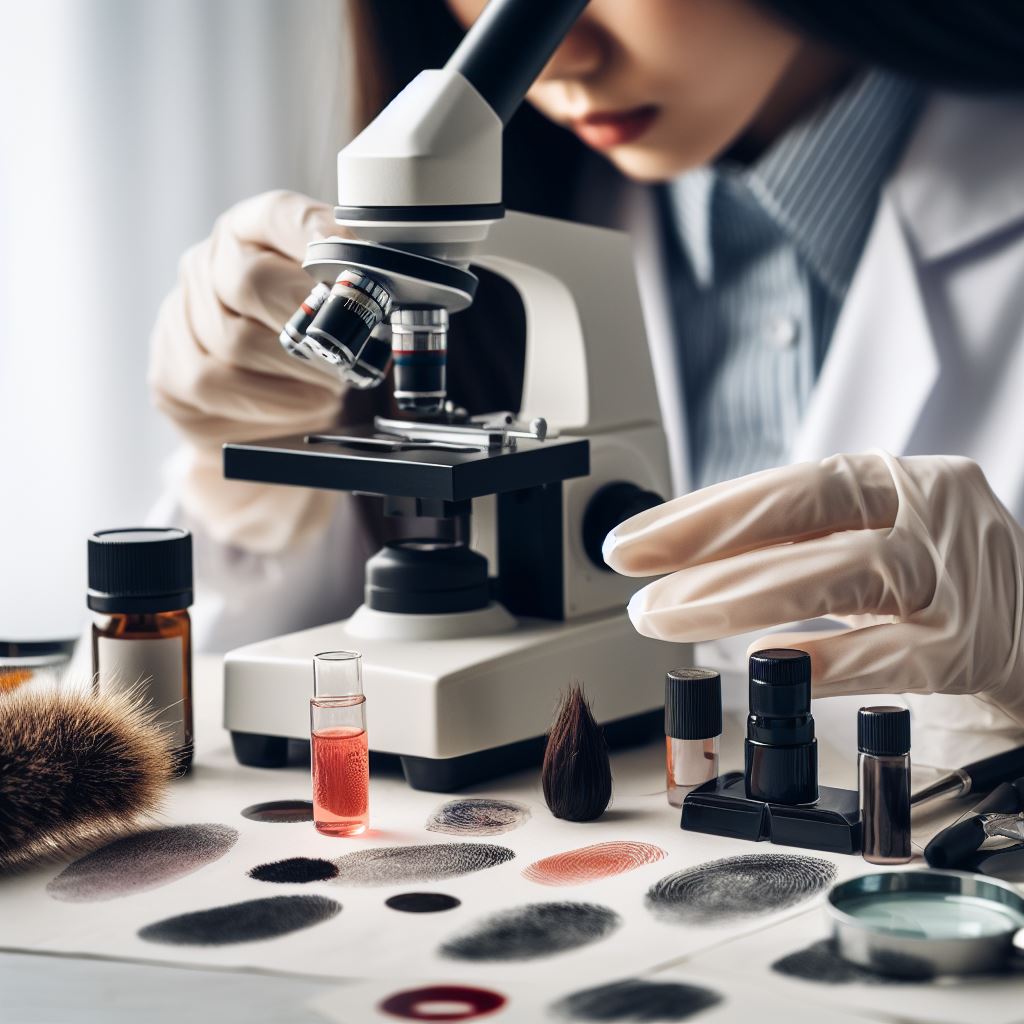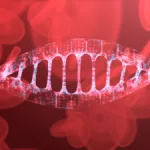Alleles are different versions of the same gene that occur at the same location on a chromosome. In other words, alleles are variations of a particular gene that can result in different physical or functional characteristics.
Alleles, in the context of forensic science and genetics, are crucial elements that play a fundamental role in understanding heredity and forensic DNADNA, or Deoxyribonucleic Acid, is the genetic material found in cells, composed of a double helix structure. It serves as the genetic blueprint for all living organisms. More analysis. These are alternative variant forms of a gene, resulting from either a mutational change in the DNA sequence or alterations in the gene’s expression.
The Role of Alleles in Genetics:
GenesGenes are DNA segments (or RNA in some viruses) that dictate cellular processes, traits, and hereditary information, promoting genetic diversity and evolution in living organisms. More, which are segments of DNA, provide the instructions for building and maintaining the structures and functions of living organisms. Alleles are the various versions of these genes, and they are responsible for the genetic diversity observed within a population. The presence of multiple alleles for a specific gene leads to variations in traits and characteristics, making each individual unique.
Dominant and Recessive Alleles:
In the world of genetics, alleles can be categorized as either dominant or recessive. Dominant alleles are those that express their effect when even a single copy is present. In contrast, recessive alleles only manifest their effect when two identical copies exist.
Let’s delve into these two categories:
- Dominant Alleles: These alleles assert their influence if an individual carries at least one copy. If a dominant allele is present, it will dictate the trait or characteristic. For example, if the allele for brown eyes is dominant and an individual has one copy of it, they will have brown eyes.
- Recessive Alleles: Recessive alleles, on the other hand, need two copies to exert their influence. In cases where an individual has two recessive alleles for a specific gene, the associated trait will be expressed. If both alleles for eye color code for blue eyes, the individual will indeed have blue eyes.
In forensic science, alleles are essential in the context of DNA analysis. DNA testing is commonly used in forensic investigations to identify or link individuals to a crime scene. DNA consists of a sequence of nucleotides that make up genes, and each individual has a unique DNA profile consisting of a combination of alleles at different genetic loci.
The Significance of Alleles in Forensic Science:
In the field of forensic science, alleles are crucial in the analysis of DNA evidence. Genetic profiling, which includes examining specific DNA regions with known variations, often involves the identification of alleles. These variations, called polymorphisms, serve as unique genetic markers, making each individual’s DNA distinguishable.
Forensic DNA analysis utilizes the concept of variable number tandem repeats (VNTRs) and short tandem repeats (STRs), which are regions with high polymorphism. Forensic experts can identify alleles and match them to specific individuals by comparing the number of repeats at these loci. This is critical in criminal investigations, paternity testing, and identifying human remains.
In forensic science, DNA analysis typically involves forensic professionals comparing a crime scene sample’s DNA profile to a suspect’s DNA profile or a database of DNA profiles. Forensic professionals use methods such as polymerase chain reaction (PCR) and capillary electrophoresis to amplify and separate the DNA fragments. These methods help forensic professionals detect specific alleles at genetic loci, establishing a match between the crime scene sample and the suspect or database profile. Statistical methods are used to calculate the probability of a random match between two individuals’ DNA profiles, which depends on the number and frequency of alleles at each locus.
The Connection between Genotype and Phenotype:
To fully grasp the role of alleles in genetics, it’s essential to distinguish between genotype and phenotype. The genotype represents an individual’s specific combination of alleles for a particular gene. Conversely, the phenotype is the observable trait or characteristic the genotype influences. The relationship between genotype and phenotype is at the heart of genetic studies and is central to understanding heredity.
In Summary:
Alleles are integral to both genetics and forensic science. They are alternate versions of genes that result from mutations or changes in gene expression. These variations can be dominant, exerting their effect with one copy, or recessive, requiring two copies for expression. In forensic science, alleles are used to identify individuals through DNA analysis, contributing significantly to criminal justice and genetic investigations.





